There are some myths, legends and traditions behind The Camino that no everybody knows about. Here you have more details about some curious facts about the Camino de Santiago.
Contents
What is the meaning of Ultreya?
It is a saying that is directly associated to the Camino de Santiago. Many Pilgrims greet fellow pilgrims using it while they do their Camino. It comes from the Latin “ultra” (beyond, more than) and “eia” (keep going). So, together Ultreia tells the energetic intention to go with courage toward some “beyond”, being beyond in this case: Santiago de Compostela. This word can be found in the “Códice Calixtino” (The Book of Saint James). There is a sentence that says “e Ultreia, e Suseia, deus adjuvanos”. It is believed that Pilgrims exchanged these words when they run into each other along The Camino to show support: “Let’s keep going, let’s keep going higher… God helps”. Today there are several ways to write it: ultreia, ultreya, ultreïa.
Nowadays this greeting is a bit out of date; it is more common to hear people say: Buen Camino! But in any case is good to know, and remember if someone says to you “Ultreia”, your answer should be “Et suseia”!
What is the Compostela?
The Compostela is the official certificate that confirms your pilgrimage to the Tomb of Saint James in Santiago de Compostela. You will be only eligible for it once you complete at least 100 km of the Camino on foot or on horseback, or at least 200 km cycling. In addition to the Compostela, you can get a “Certificate of distance”, which shows details about your trip like: your starting point, number of kilometers covered, dates and the route of the pilgrimage.
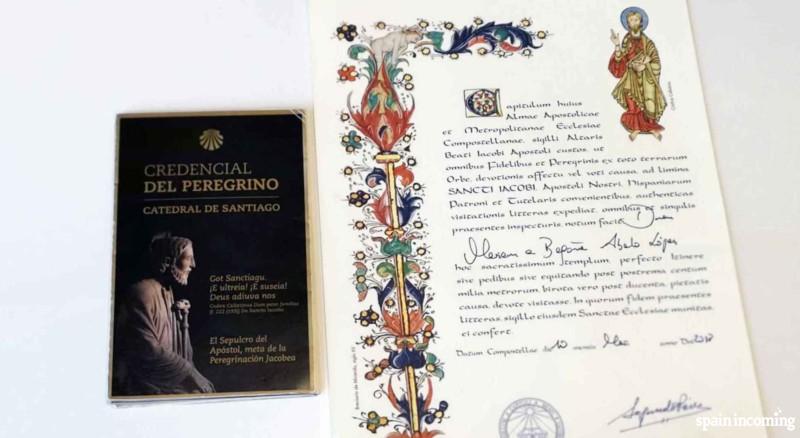
The Credential, the Pilgrim’s Passport – The Credencial & The Compostela
And The Botafumeiro?
The Botafumeiro is a huge incense burner used since the Middle Ages to purify the Cathedral of Santiago de Compostela. It is 160 cm high and has a weight of 68 kg (100 kg when is full of carbon and incense). It is necessary the strength of eight men to move it, reaching a speed of 68km per hour.
And the shell of Santiago?
The shell was used for centuries to prove the arrival of the pilgrims in Santiago de Compostela. It was forbidden to sale it out of the city for a long time. Nowadays it became a symbol of the Way of Saint James.
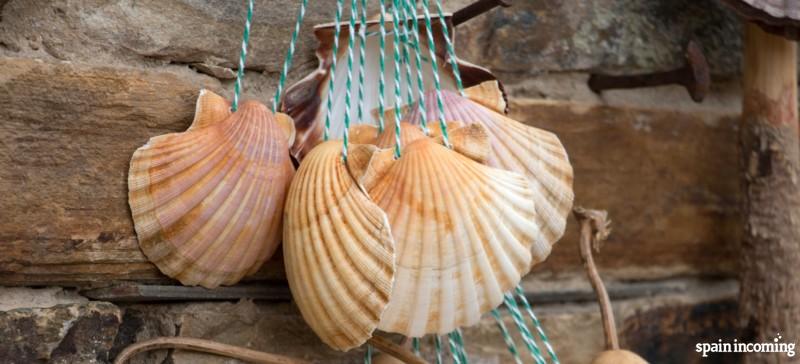
Curious facts about the Camino : the shell
Camino de Santiago data
- How many pilgrims? 237.886 pilgrims arrived in Santiago in 2014. (Six times the number of participants in the marathon of New York)
- Distinctions: First Cultural European Itinerary (1987) |World Heritage – French Way (1993) | “Príncipe de Asturias de la Concordia” Award (2004) | World Heritage – northern ways
- Statistics:
Age and sex: 54 % men, 46 % women
Less than 30 years old: 28%
Betwen 30 and 60: 56%
More than 60 years: 16% - The way that people do The Way
88,32 % by food
11 % cycling
0,64 % on horseback
0,04 % wheelchairs - Nationalities:
Spain: 48%
Italy: 15%
Germany: 12%
Portugal: 9%
The next following nationalities: EE.UU., France, Irland and the UK. - The most famous villages to start The Camino:
Sarria 25 %
S.Jean P Port: 12%
Tui: 5%
León: 5%
Cebreiro: 4% - Camino de Santiago routes attendance :
French Way: 68%
Portuguese Way: 15%
North Way: 6%
Vía de la Plata: 4%
Primitive Way: 3%
English Way: 3%
Other Ways: 1%

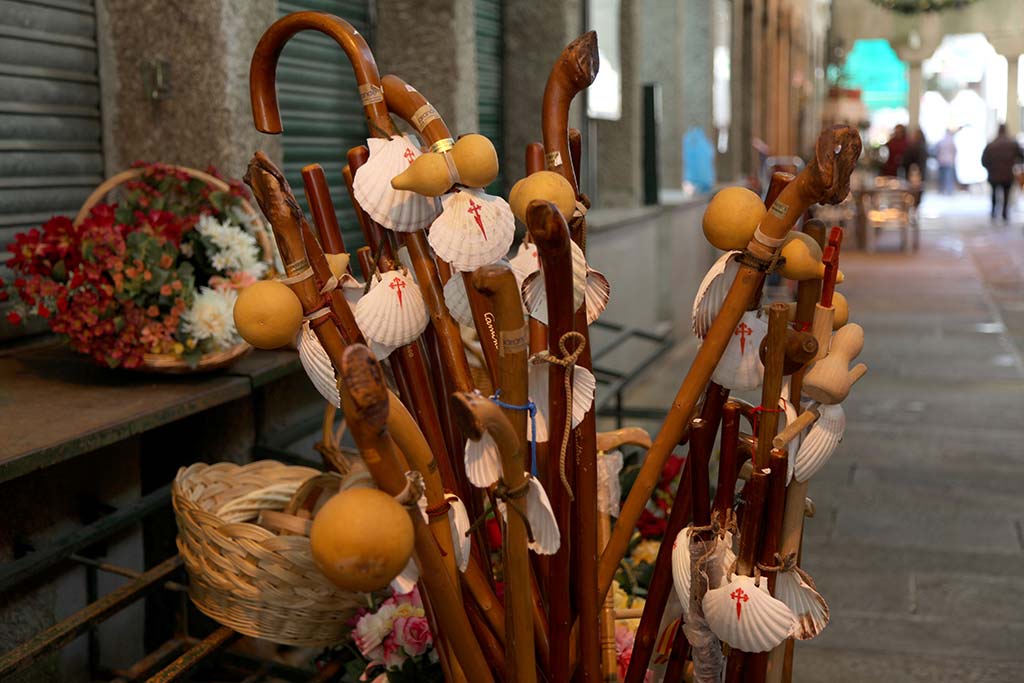
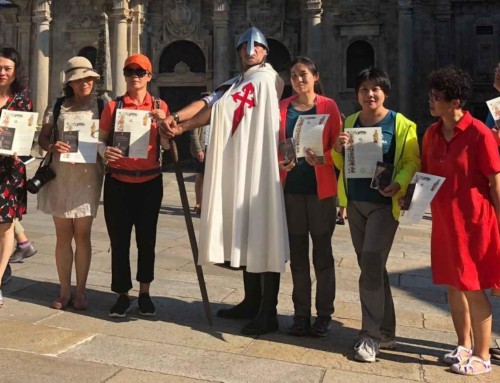
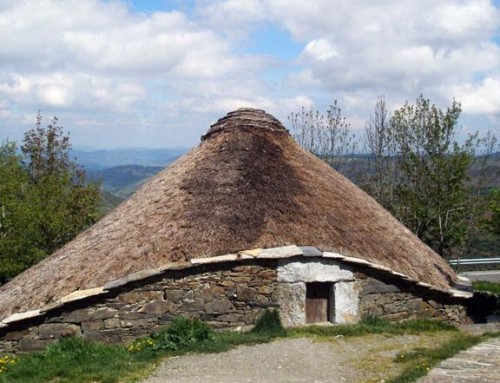
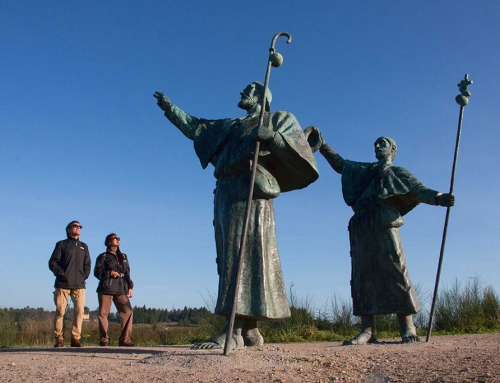
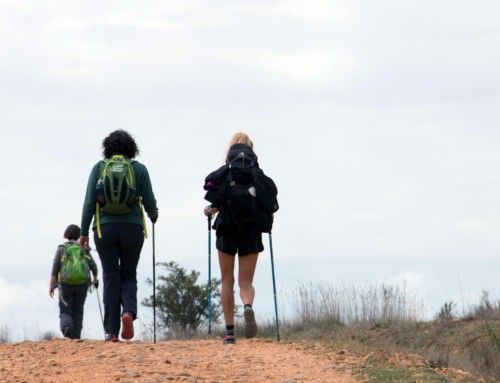
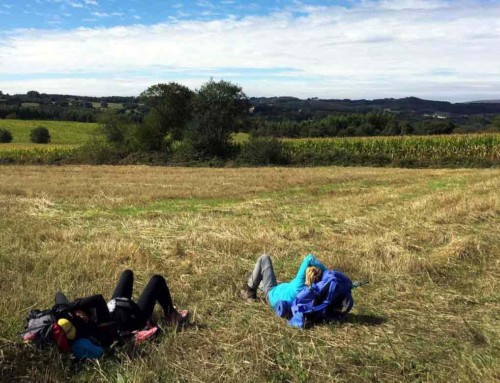
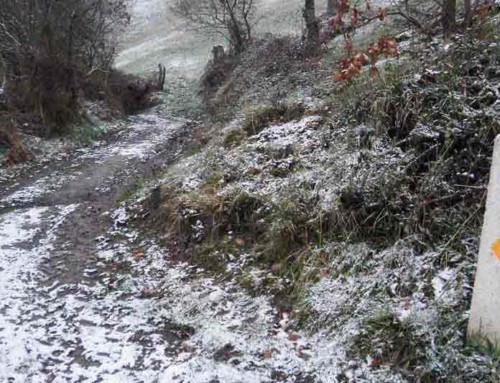
Leave A Comment